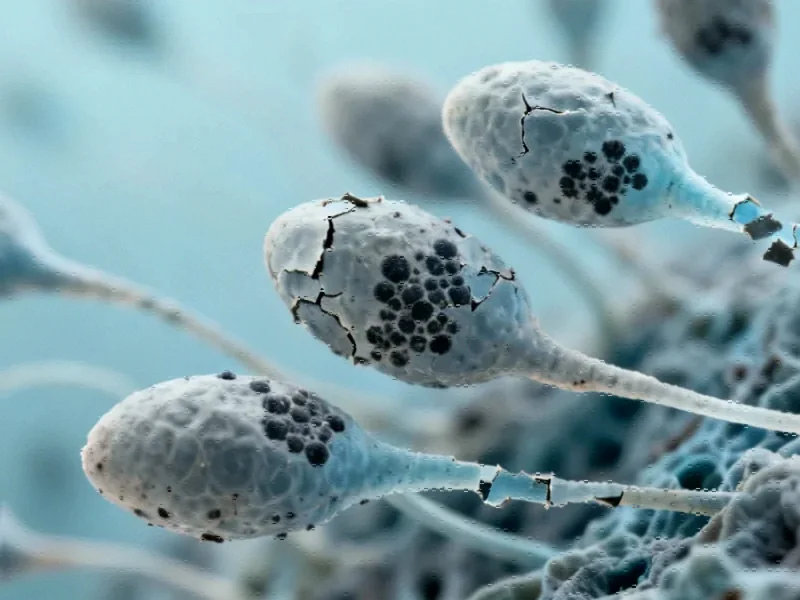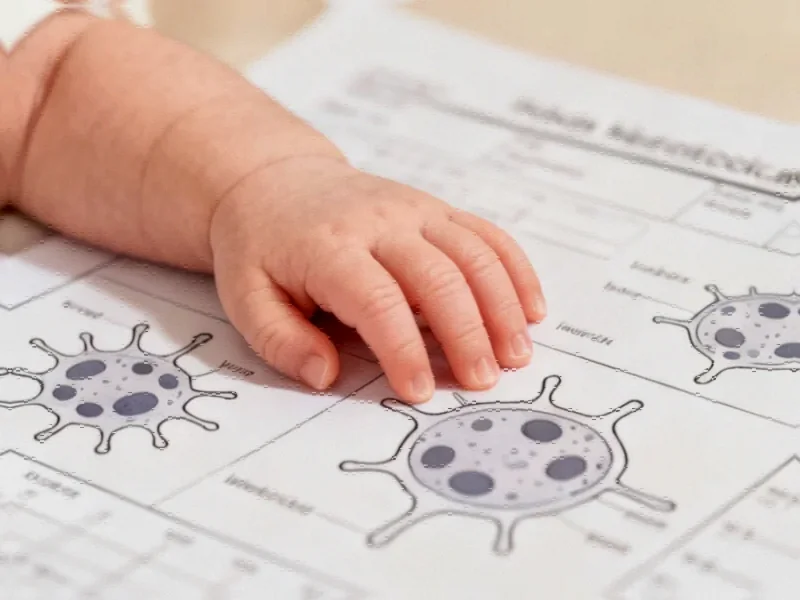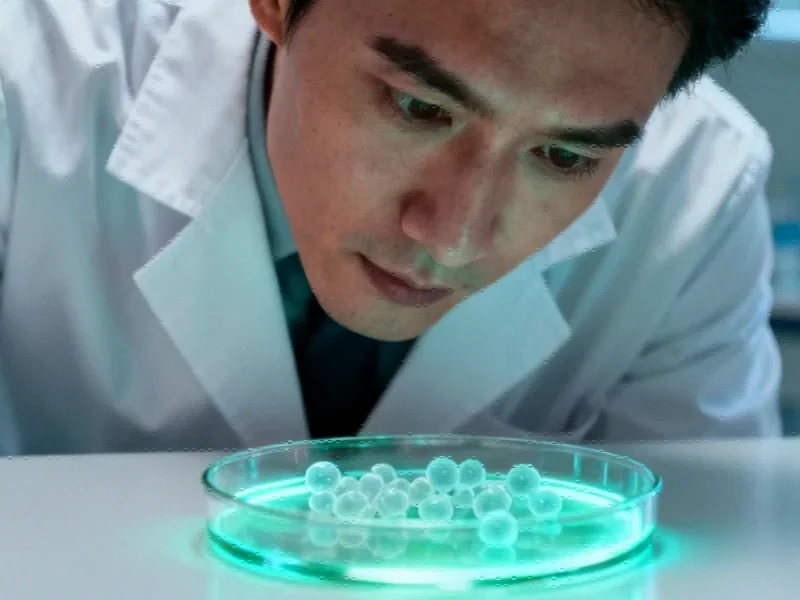The Growing Concern: Paternal Age and Genetic Mutations
Groundbreaking research has revealed that aging significantly increases DNA mutations in male sperm, potentially elevating health risks for future generations. Scientists from the Wellcome Sanger Institute and King’s College London have documented how these accumulated genetic changes—some linked to serious developmental disorders and cancers—become more prevalent as men age, creating what researchers describe as a “hidden genetic legacy” that fathers may unknowingly pass to their children.
Unprecedented Insights Into Sperm Mutation Patterns
Using an advanced high-resolution analysis technique called NanoSeq, researchers examined 81 sperm samples from 57 healthy men aged 24-75. The findings, detailed in an advanced genetic study, demonstrated that mutation rates increase substantially with paternal age. More concerning, the research identified what scientists term “selfish” mutations—genetic changes that provide affected cells with a growth advantage, enabling them to outcompete healthier cells in the testes.
“We anticipated finding some evidence of selection influencing mutations in sperm,” says geneticist Matthew Neville from the Wellcome Sanger Institute. “What surprised us was just how much it drives up the number of sperm carrying mutations linked to serious diseases.”
The Statistics: Quantifying the Risk
The research revealed a clear age-related progression in mutation prevalence:
- Men in their 30s: Approximately 2% of sperm carried disease-causing mutations
- Middle-aged and older men (over 43): Mutation rates jumped to 3-5%
- By age 70: An average of 4.5% of sperm contained potentially harmful mutations
These findings parallel other industry developments in genetic research that are reshaping our understanding of inherited health risks.
The “Selfish Mutation” Phenomenon
Perhaps the most significant discovery involves what researchers call “selfish” mutations. These genetic alterations don’t just passively accumulate—they actively compete within the testicular environment, with mutant cells replicating faster and gradually dominating the sperm population. The study identified 40 specific genes affected by these competitively advantaged mutant cells.
“Some changes in DNA not only survive but thrive within the testes,” explains geneticist Matt Hurles from the Wellcome Sanger Institute. “This means that fathers who conceive later in life may unknowingly have a higher risk of passing on a harmful mutation to their children.”
Broader Implications for Reproductive Health
This research adds to growing evidence about paternal factors in reproductive outcomes, including how related innovations in medical technology are revealing previously overlooked aspects of conception and embryonic development. The findings also contribute to our understanding of why sperm might be a more significant factor in miscarriages than previously recognized.
However, researchers emphasize that not all mutations necessarily translate to inherited disorders. Some may actually reduce reproductive success by interfering with embryo development, while others might have no observable effect. The complex interplay between these genetic factors represents an important area for future investigation.
The Male Germline: A Dynamic Genetic Environment
These findings provide unprecedented insight into the male germline—the specialized cells responsible for transmitting genetic material to offspring. “The male germline is a dynamic environment where natural selection can favor harmful mutations, sometimes with consequences for the next generation,” says geneticist Raheleh Rahbari from the Wellcome Sanger Institute.
This research comes amid other significant market trends in genetic research and reproductive medicine, highlighting how scientific advances are continually reshaping our understanding of inheritance and health risks.
Future Research Directions and Clinical Implications
While this study significantly advances our understanding of age-related sperm mutations, researchers note that more work is needed to determine exactly how these genetic changes affect children’s health. The identification of specific genes affected by selfish mutations provides a crucial roadmap for future studies linking particular genetic alterations to specific disease risks.
As genetic screening technologies continue to evolve, this research may eventually inform clinical guidelines and help prospective parents make more informed decisions about family planning—particularly for those considering fatherhood later in life.
This article aggregates information from publicly available sources. All trademarks and copyrights belong to their respective owners.
Note: Featured image is for illustrative purposes only and does not represent any specific product, service, or entity mentioned in this article.



